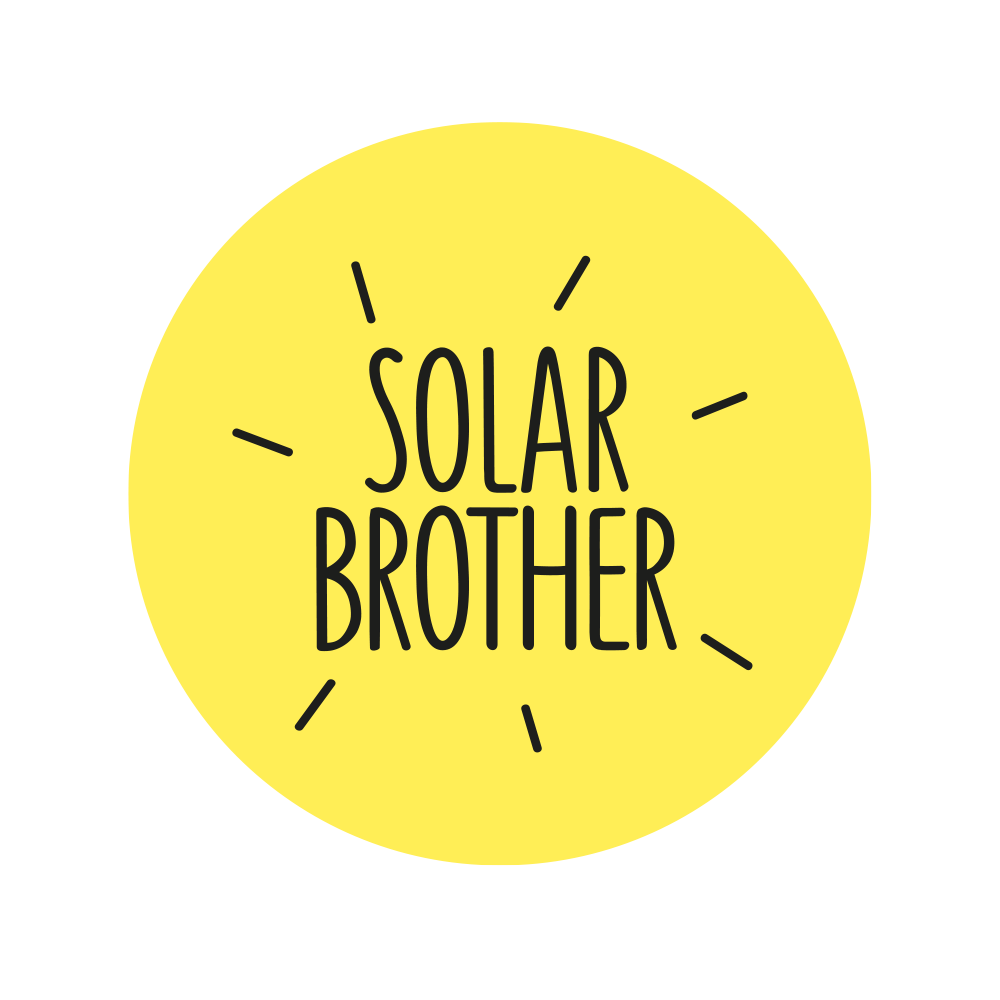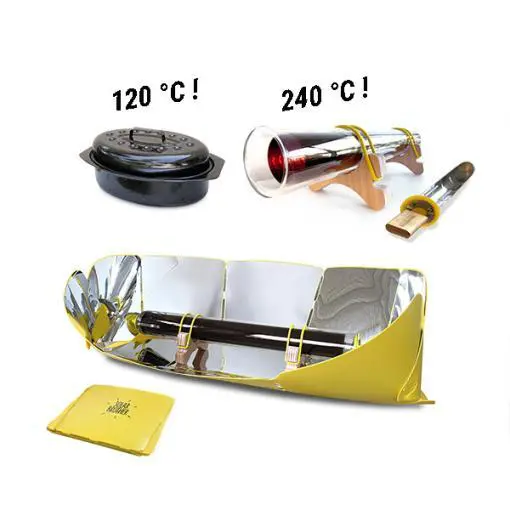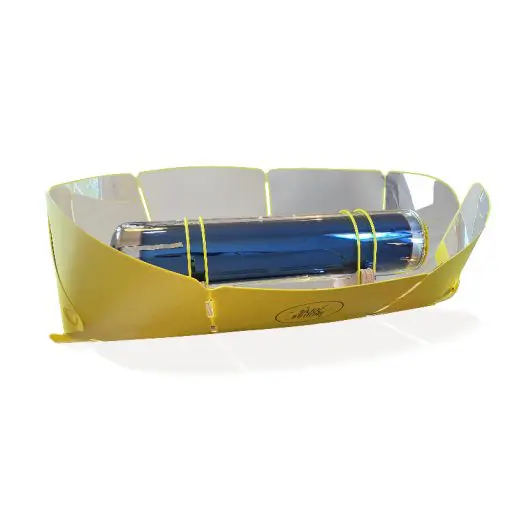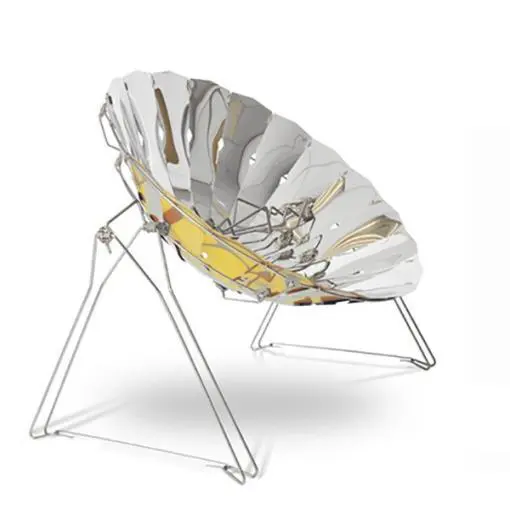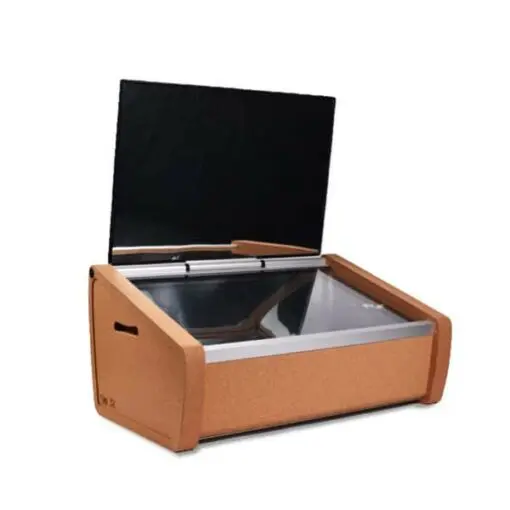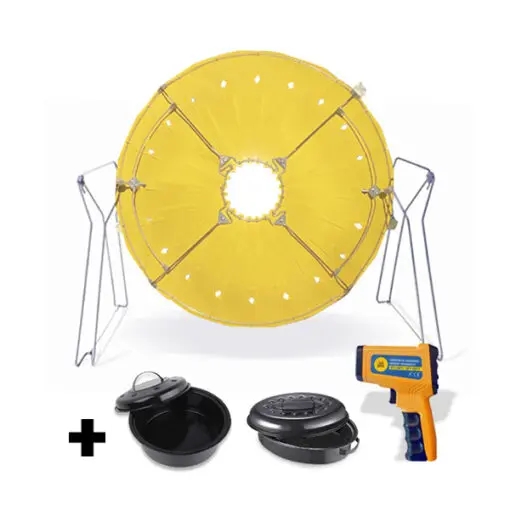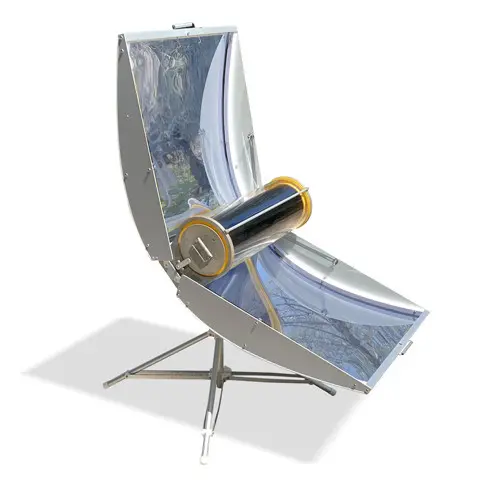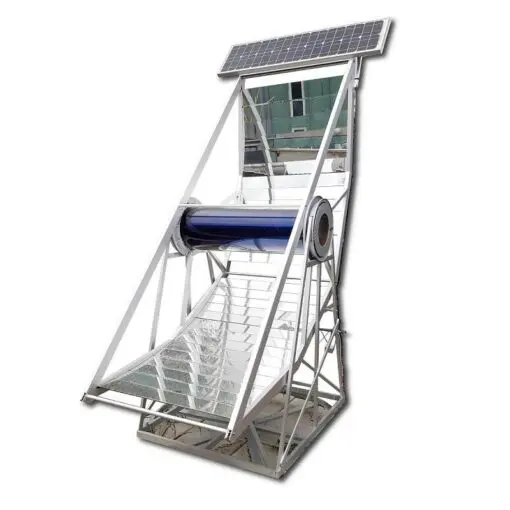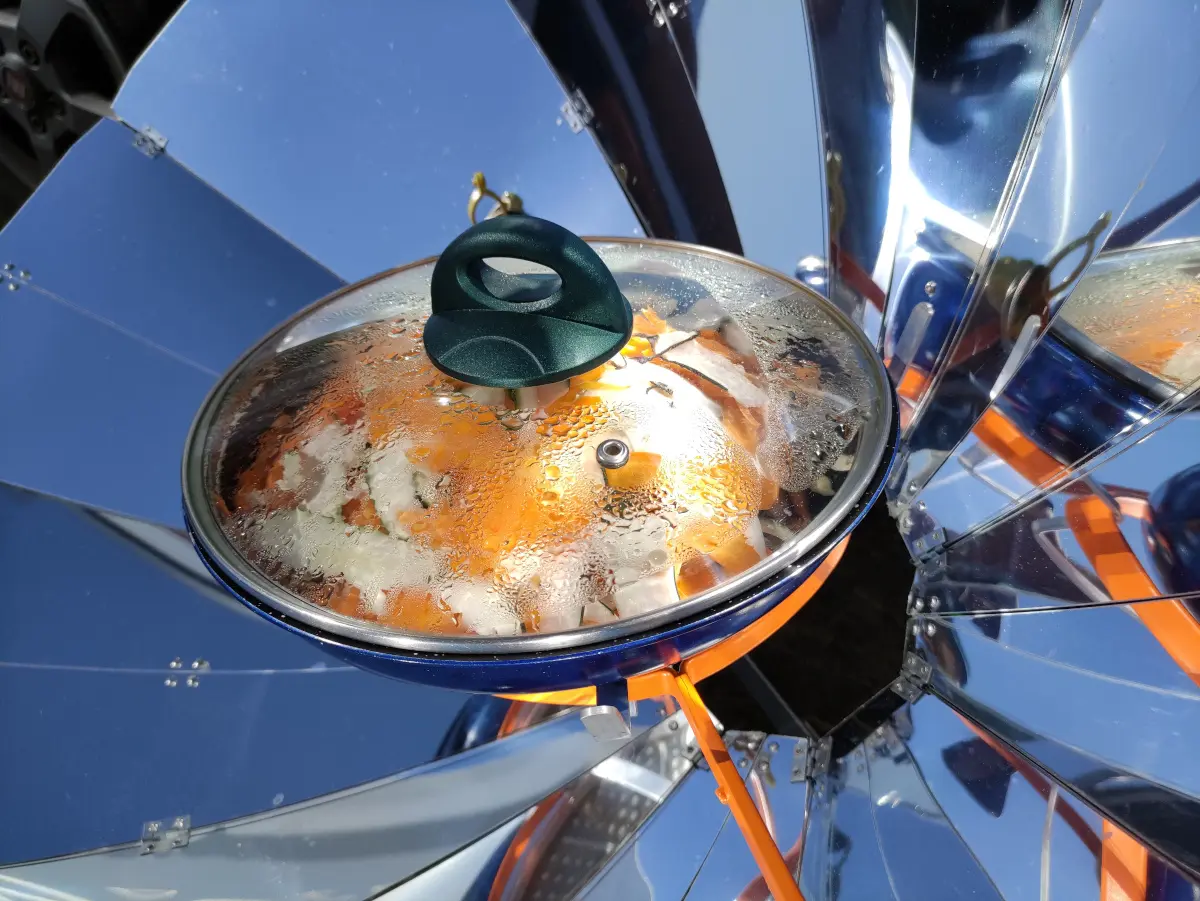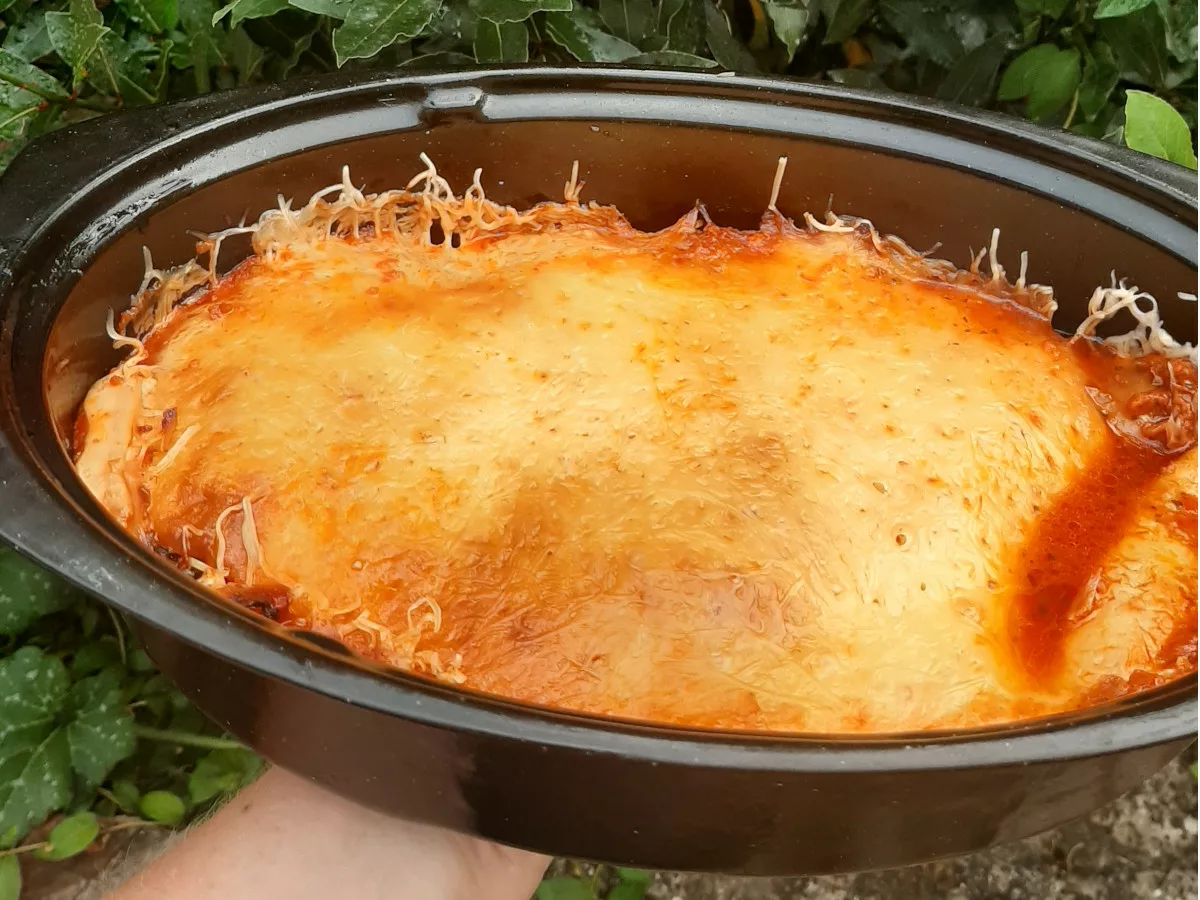Discover the taste of the sun, buy a solar oven! Cooking from 80°C to 250°C.
Our comprehensive range lets you choose the ideal solar cooker or solar oven for the type of cooking you want to do at home or on the move, using a totally free source of energy.
Solar cooker: frequently asked questions
- No fuel: no fire hazard.
- No pollution during use.
- Free, unlimited energy.
- No smoke when cooking.
- Requires little supervision during cooking.
- All foods can be cooked while preserving their flavor.
- Solar cookers can be used wherever you want: beach, campsite, mountain, garden, terrace, etc.
Solar cooking works on the triple principle of concentrating, capturing and conserving the sun's rays. This is what we call the "3C" rule for successful solar cooking. We tell you all about it by clicking here .
Solar cookers are ideal for cooking, simmering and reheating. Solar cookers offer the same cooking performance as traditional cookers. The solar barbecue is also the equivalent of a traditional oven, but with the added benefit of a plancha grill.
Two tips for more efficient cooking:
- Cut food into small or medium-sized pieces to speed up cooking (e.g., cut chicken into 6 to 8 pieces for greater efficiency).
- Don't use too much water (e.g. when cooking vegetables or rice): use steam cooking instead.
Containers should be dark on the outside (ideally matt black), to absorb the sun's rays. Many materials are suitable: ceramics, steel mesh, etc ... A cast-iron pan (by nature thicker) will heat up more slowly but retain heat longer. Placing the pan in a cooking bag helps retain heat.
As soon as the sun is out, take advantage of it to cook solar, both in summer and winter. However, you need to have real sunlight, i.e. the beam must reach you (no haze or too many clouds). To spot this, simply check that the shadows of the objects around you are clearly visible on the ground. You can cook solar from 8am to 6pm on summer days, and from 10am to 2pm in winter. Depending on the region, this represents a significant potential of between 150 and 300 sunny days a year.
Cooking times depend on the model used and the temperatures reached. With vacuum-tube ovens and solar dishes, cooking time is equivalent to traditional electric/gas cooking, and they reach temperatures in excess of 200°C. With box ovens and solar cookers, cooking is gentler and more respectful of nutrients, but cooking times are increased by 30 minutes to 1 hour depending on the model and the temperatures reached (from 120 to 180°C).
